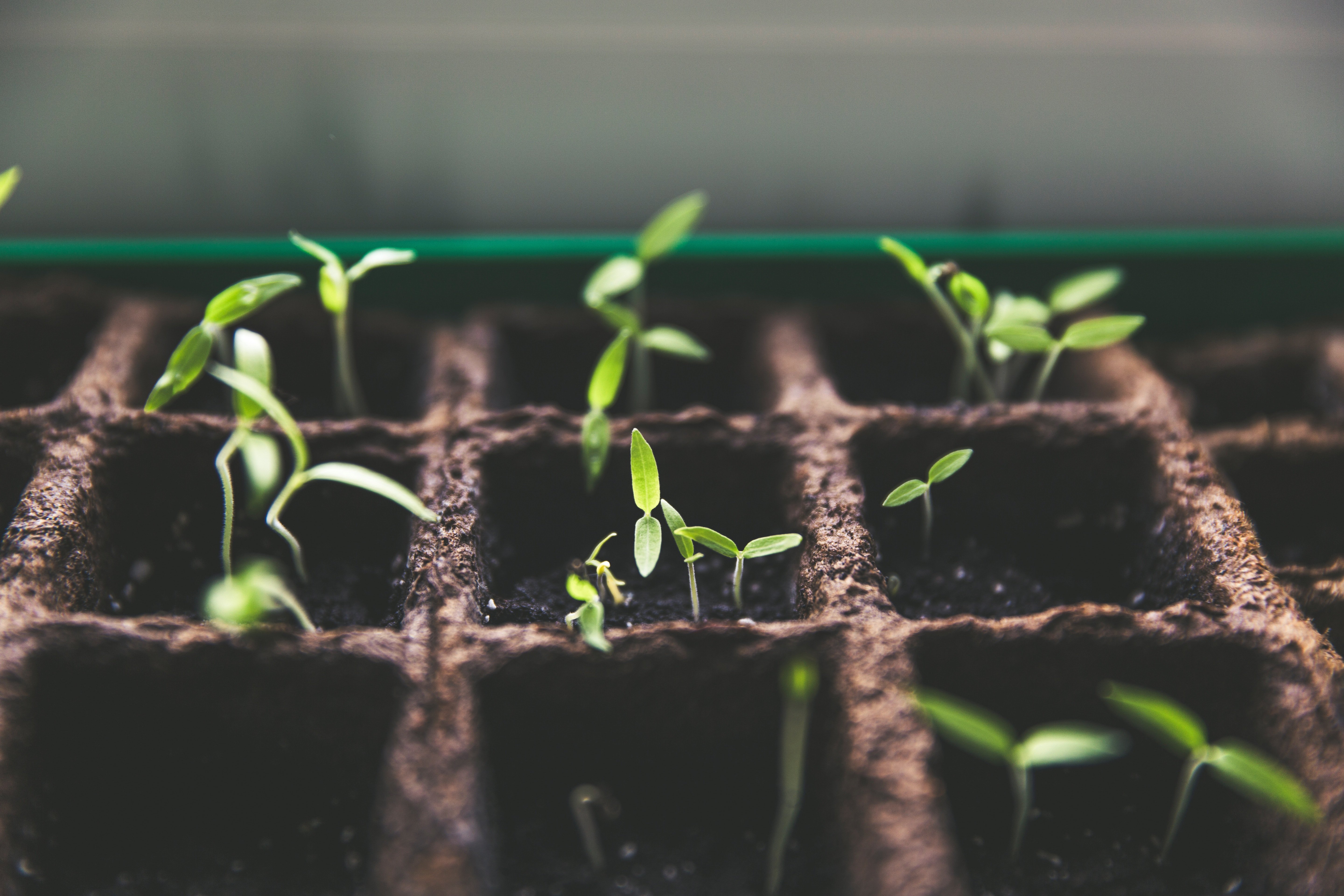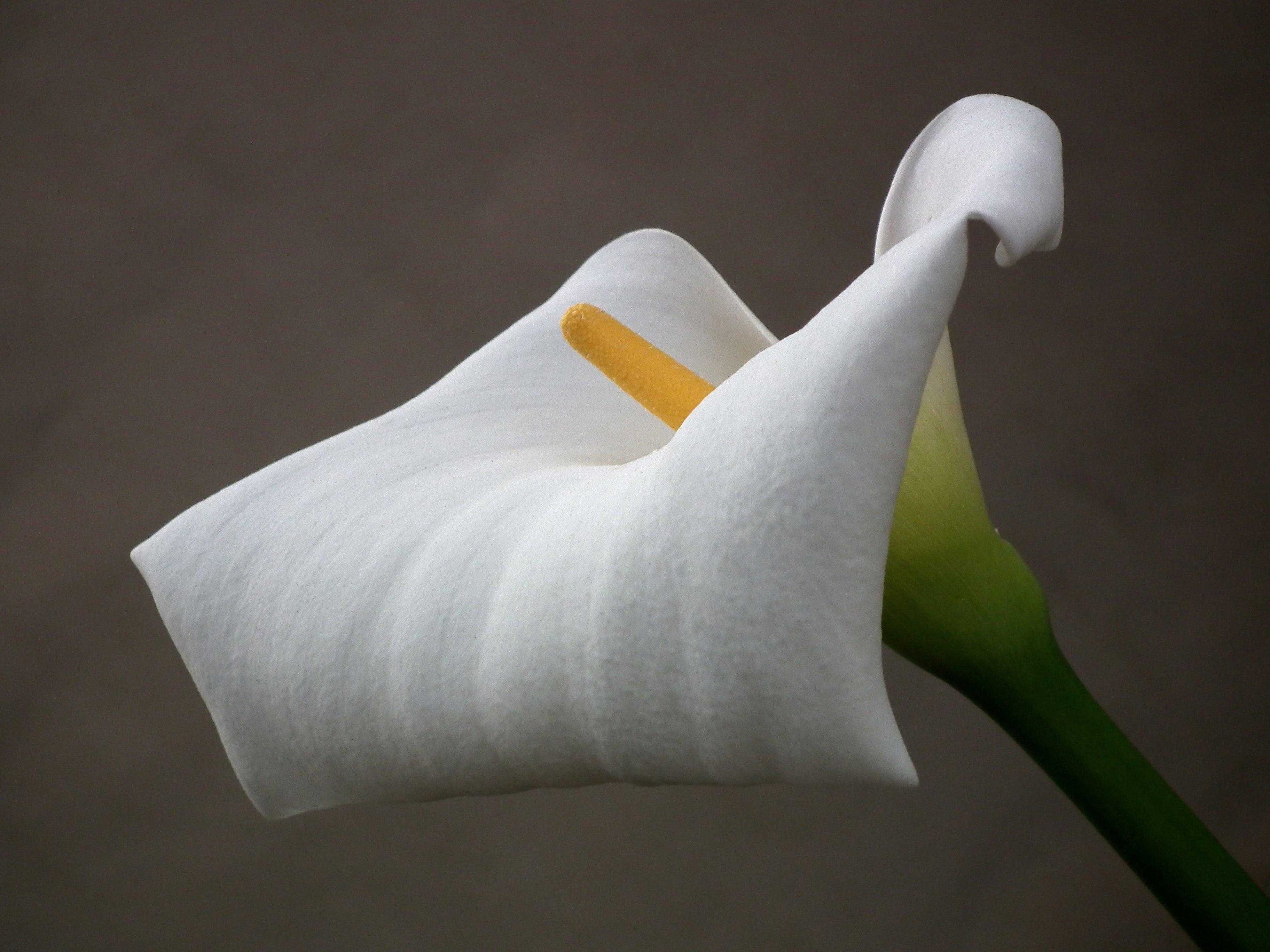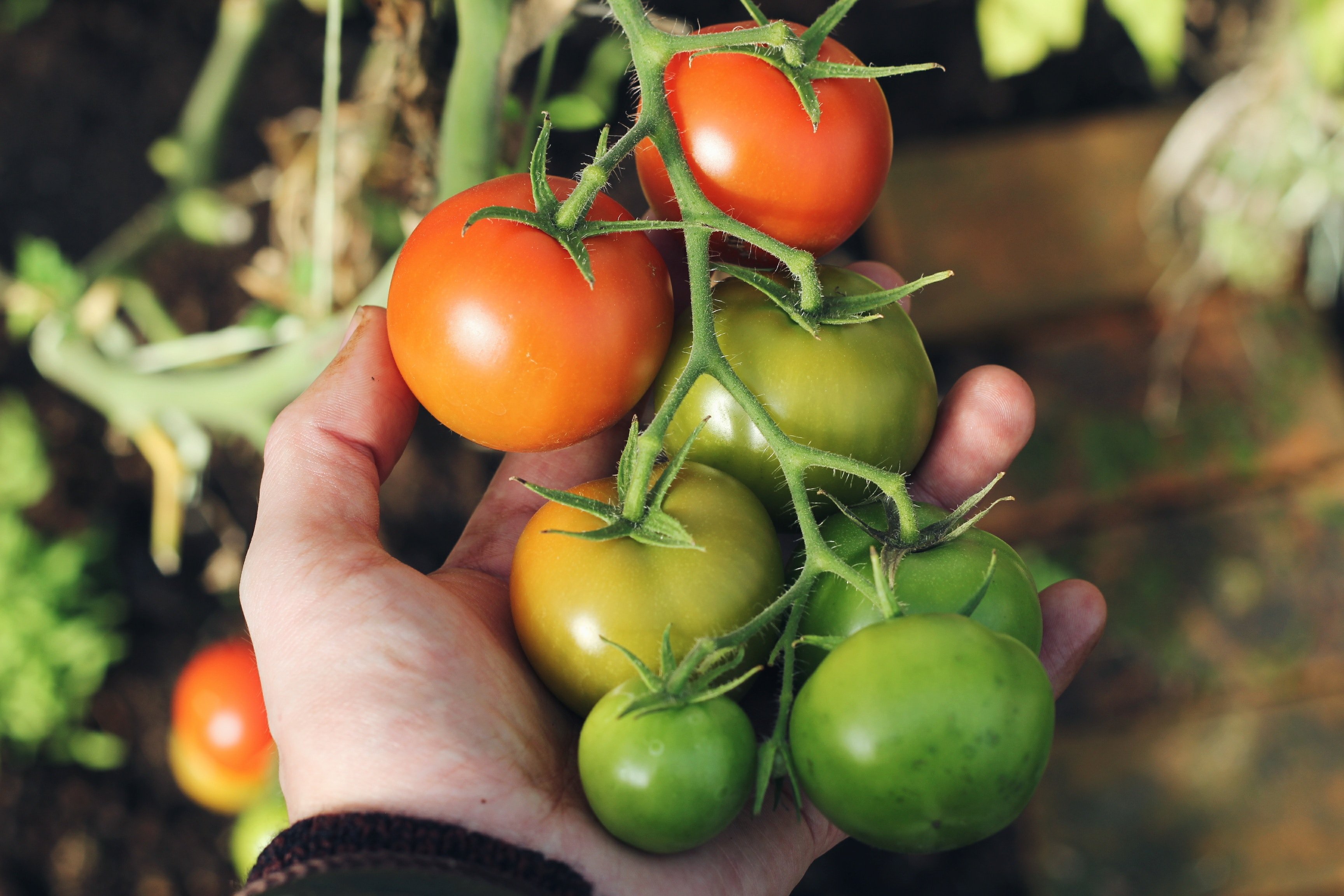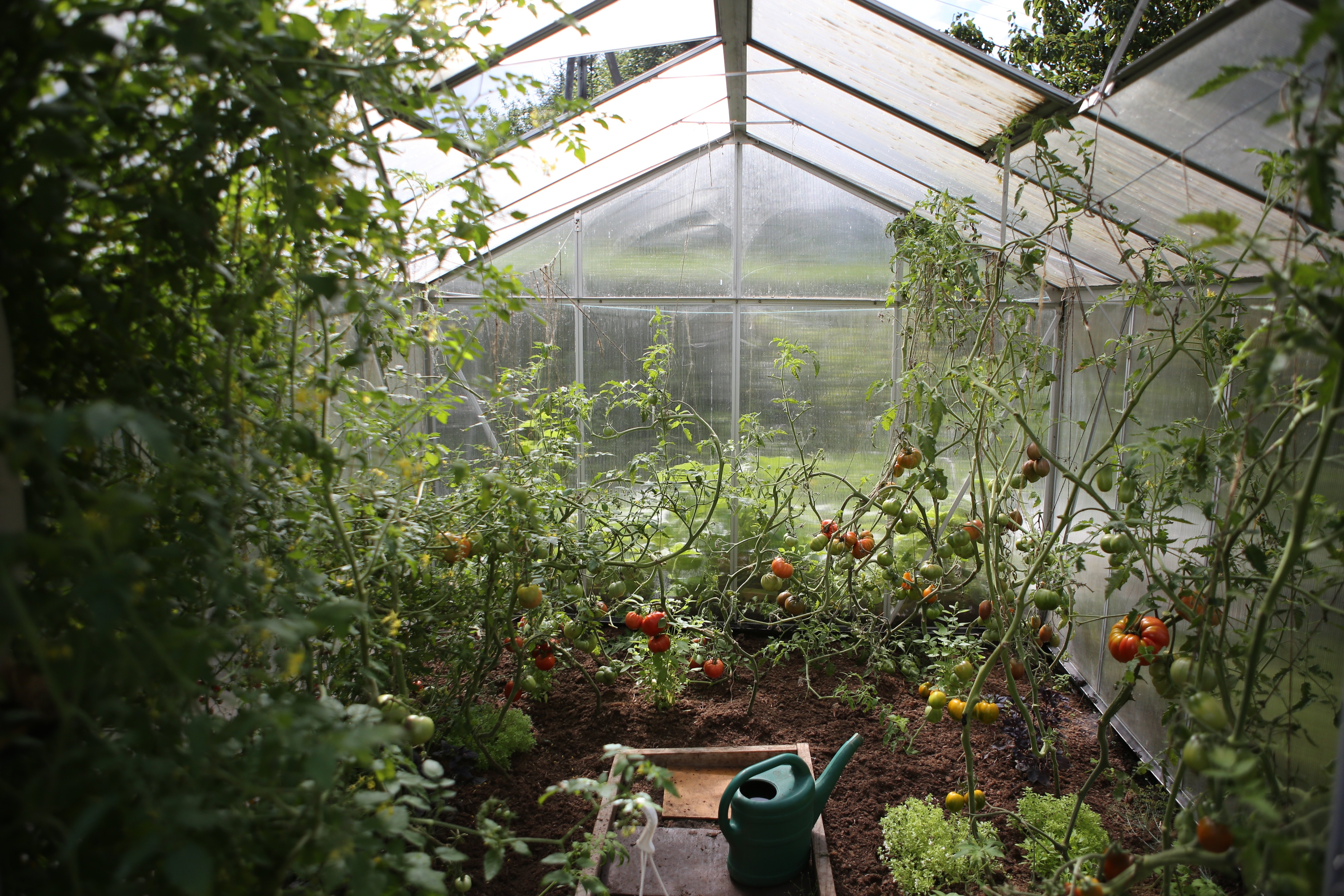Last updated on October 23rd, 2023 at 08:44 pm
You always wanted to sow tomatoes? Then you’ve come to the right place. The small seeds have their pitfalls and it is not always easy with them. But with a lot of love, attention and the right care you should be rewarded with unique tasting tomatoes in the end. We want to convince you that not only harvesting tomatoes, but also sowing them can be fun.
Contents
- 1 Sowing tomatoes
- 2 What you need to sow tomatoes
- 3 How to sow your tomatoes correctly
- 4 What you should pay attention to
- 5 The diversity of tomato varieties
- 6 Old tomato varieties
- 7 Three different varieties of tomatoes
- 8 cherry tomatoes:
- 9 oxheart tomatoes:
- 10 Green Zebra:
- 11 The right moment to sow
- 12 Sowing tomatoes on the windowsill
- 13 What happens after sowing?
- 14 Sowing tomatoes in the greenhouse
- 15 Sowing tomatoes according to the lunar calendar
- 16 Author
Sowing tomatoes
Sowing tomatoes is basically not very difficult. Especially if you want to finally eat beautiful red and tasty tomatoes, it is really worth it. In addition, the seeds are much cheaper than young plants in the store. The advantage of growing your own: freshly harvested fruits have a higher content of healthy ingredients!
What you need to sow tomatoes
You don’t need much for your little tomatoes. A growing tray with a transparent lid and growing soil from a specialist retailer, that’s really all you need. The soil is also called sowing soil and is specially adapted to the needs of seeds, cuttings and young plants. It has fewer nutrients and is water-permeable and, above all, germ-free. For these reasons, you should definitely choose growing soil for your tomato sowing and not normal potting soil, which is interspersed with too much fertilizer.
Tip: You can also use compost or coco substrate. These also keep away fungus gnats, for example.

How to sow your tomatoes correctly
First, of course, you need to fill the seed tray to about one centimeter below the edge with the nutrient-poor growing soil. You can already water the soil lightly at this stage. Now you can put the seeds in, but there should always be two to three centimeters of space between them. Then cover them only a few millimeters with soil. Press lightly and water and after about ten days you will already see the green leaves of the tomato plants.
Tip: If your seed tray has a cover, open it briefly every day. This promotes air exchange and growth.
What you should pay attention to
The so-called pricking out of the young plants is particularly important. After small tomato leaves have formed, it is time to transplant the plants. Use a forked spoon (or pricking stick) to lift the plants and their roots out of the soil and place them in flower pots (about nine centimeters in diameter) with normal potting soil.
The diversity of tomato varieties
In supermarkets you can always find only the same (red) tomatoes. There is hardly anything of variety here. But actually tomatoes are available in an almost infinite abundance of colors, shapes and tastes and thus the opposite of monotonous. Through centuries of breeding, there are now more than 1000 different tomato varieties. To finally clear up the wonderful world of tomatoes, we have made a small summary for you in our article “Tomato varieties: the infinite variety of the red fruit”. Where the fruit comes from and what its characteristics are, you will learn there.
Old tomato varieties
Especially old tomato varieties are very popular, because they are very rare and threatened with extinction. Since the tomato came to us in Europe from Central America in the 15th century, it changed from generation to generation. Due to anthropogenic changes, some varieties fell out over time in terms of harvest and taste. A well-known old tomato variety is the small cocktail tomato (“Yellow Pearshaoed”). But also the yellow round tomato “Golden Queen” belongs to it. It is very robust, but is not interesting for the trade because of its partially deformed appearance. But maybe just right for you.
Three different varieties of tomatoes
cherry tomatoes:
The tiny cherry tomatoes should not be confused with the cocktail tomatoes. They are similar in appearance, but the former are sweeter in taste and also smaller. They prefer a sunny location in the vegetable patch or on the balcony. Water in the morning with lukewarm and lime-free water. Pruning (removing side shoots) is not mandatory for this variety of tomatoes.
Tip: Growing marigolds in the same bed protects the cherry tomato from fungal spores and other plant pests.
oxheart tomatoes:
The oxheart tomato belongs to the flesh tomatoes and can grow up to half a kilo in weight. Their color spectrum goes from red, to orange, to yellow and white. When sowing, follow the same procedure as described in our article. As soon as the oxheart tomatoes are four to five centimeters tall, they are transplanted into pots or outdoors (after the last frost). Again, you should choose a sunny location. Do not be put off by the drooping leaves. These are typical for this variety and not so much a sign of lack of water.
Green Zebra:
Unlike the typical red tomatoes, this tomato variety is yellowish-green. Not only by its relatively easy care, but also with its aromatic taste it convinces everyone. Another advantage: it belongs to the fast-growing plants and so with luck you can start harvesting as early as June. The plant should thrive in a humus-rich soil in a sunny location. Between watering the substrate should be allowed to dry again and again.

The right moment to sow
The sowing of tomatoes should always be done at the right time. Because only the right interaction of light, heat, moisture and time ensures the good flourishing of your tomatoes. Sowing too early or too late will cause damage during ripening. Last but not least, the sowing time depends on your location. Generally, tomato seeds are sown between mid-February and mid-April. Depending on whether on the windowsill or in the greenhouse, there are differences. Outdoors, sowing doesn’t start until mid-May, when temperatures are warmer.
Sowing tomatoes on the windowsill
An optimal location for sowing tomatoes is your windowsill (note: avoid north-facing windows). There the seedlings get enough sun and warmth and can thrive wonderfully. You can sow your tomatoes in a seed tray as early as the end of February. If the place is rather dark, you should wait until the middle/end of March.
Tip: As an alternative to the seed tray, you can also use old egg cartons. You can then sow one tomato plant in each tray.
Important: If you want to plant different varieties of tomatoes, it is best to put labeled labels next to them.

What happens after sowing?
After about two to three weeks, the first tomato leaves appear. Now you should carefully lift out each seedling with its root system (pricking out) and plant it in a pot. There the tomatoes can develop optimally. If you have a garden, you can plant them outside from the middle of May or put them in a larger pot outside.
Sowing tomatoes in the greenhouse
If you are one of the lucky ones and have an (unheated) greenhouse, you can sow your tomatoes there from mid-March. If you even have a heated greenhouse, then you can sow the seeds even from the end of February. With the seed tray and the sowing soil you proceed exactly as described in the previous section.
Tip: You can also sow your tomato seeds at different times. This extends the harvest and you have a little longer from the delicious taste.

Sowing tomatoes according to the lunar calendar
The third option offers you the lunar calendar. It has been known for a long time that the phases of the moon influence not only the ebb and flow of the tide, but also the growth of plants. Although not yet properly proven in science, lunar power plays an important role in many gardeners. If plants are sown according to the lunar calendar, then this can have a positive effect on growth and also the harvest. It also strengthens resistance to diseases and plant pests.
Rule of thumb: Since your tomatoes grow upward, you should always sow them during a lunar waxing (in March). This is recommended in the second quarter of the waxing moon.


